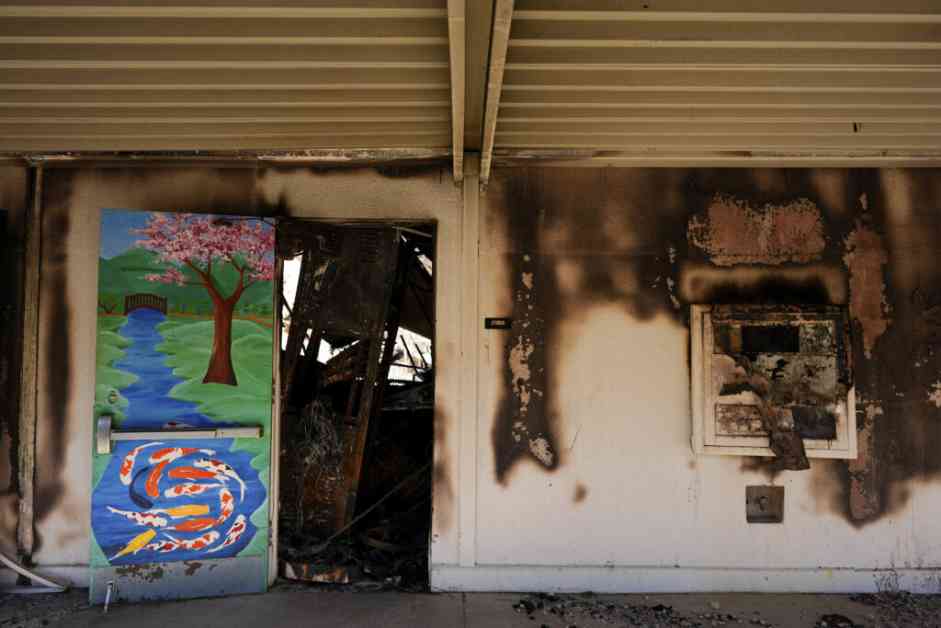Protecting Children from Wildfire Pollutants: Essential Tips for Parents
In the wake of the devastating wildfires that have ravaged Los Angeles, experts emphasize the critical need to shield families, especially children, from the harmful effects of toxic pollutants, smoke, and ash lingering in the air long after the flames have been extinguished. As the largest urban fires in the country’s history, the Palisades and Eaton fires have unleashed a host of dangerous particulate matter, carcinogens, and toxic compounds that pose significant health risks to vulnerable populations, including children, older adults, pregnant individuals, and those with preexisting health conditions.
What Pollutants are in the Air?
The aftermath of these wildfires has left a trail of toxic pollutants and hazardous materials in the air, endangering the health of residents across the region. Particulate matter, a primary pollutant emitted by wildfires, can trigger respiratory issues like coughing, wheezing, and bronchitis, as well as cardiovascular problems such as heart failure and stroke. Additionally, household items and building materials damaged by fire contain harmful compounds like benzene, lead, and arsenic, which can lead to severe long-term health complications, including cancer and respiratory illnesses.
How Can I Know if the Air Quality is Safe for My Family?
Monitoring the air quality index (AQI) can provide families with valuable information about the level of pollution in their area and guide them on when to limit outdoor activities and wear protective masks. While tools like AirNow.gov and Fire.airnow.gov offer real-time data on particulate matter in smoke, they may not capture all hazardous pollutants like dioxins that can bind to smoke particles and travel undetected in the air. Families are advised to exercise caution and take additional safety measures if they observe or smell smoke, ash, or signs of poor air quality in their neighborhoods.
How Are Children Affected by These Pollutants?
Children face a heightened risk of negative health outcomes from wildfire pollutants, including respiratory infections, asthma, and decreased lung function. Studies have shown that particulate matter from wildfires can be significantly more harmful to children than pollution from other sources, leading to acute symptoms like coughing, wheezing, and chest tightness, as well as exacerbating chronic conditions like asthma. Children from low-income communities are particularly vulnerable to the adverse effects of air pollution due to higher exposure rates near their homes.
As a parent, guardian, or caregiver, ensuring the safety and well-being of children in the face of environmental hazards is of utmost importance. By taking proactive steps to limit exposure to wildfire pollutants, monitor air quality levels, and provide necessary protective gear and resources, you can safeguard your family’s health and minimize the risks associated with prolonged exposure to toxic substances lingering in the aftermath of wildfires. Remember, protecting our children today ensures a healthier and more resilient future for generations to come.
